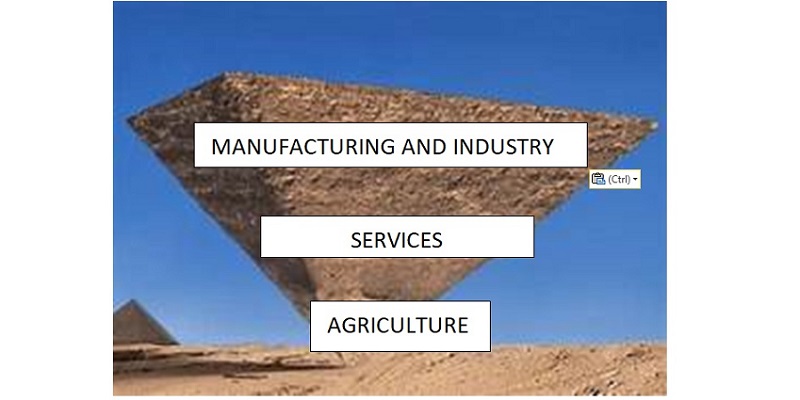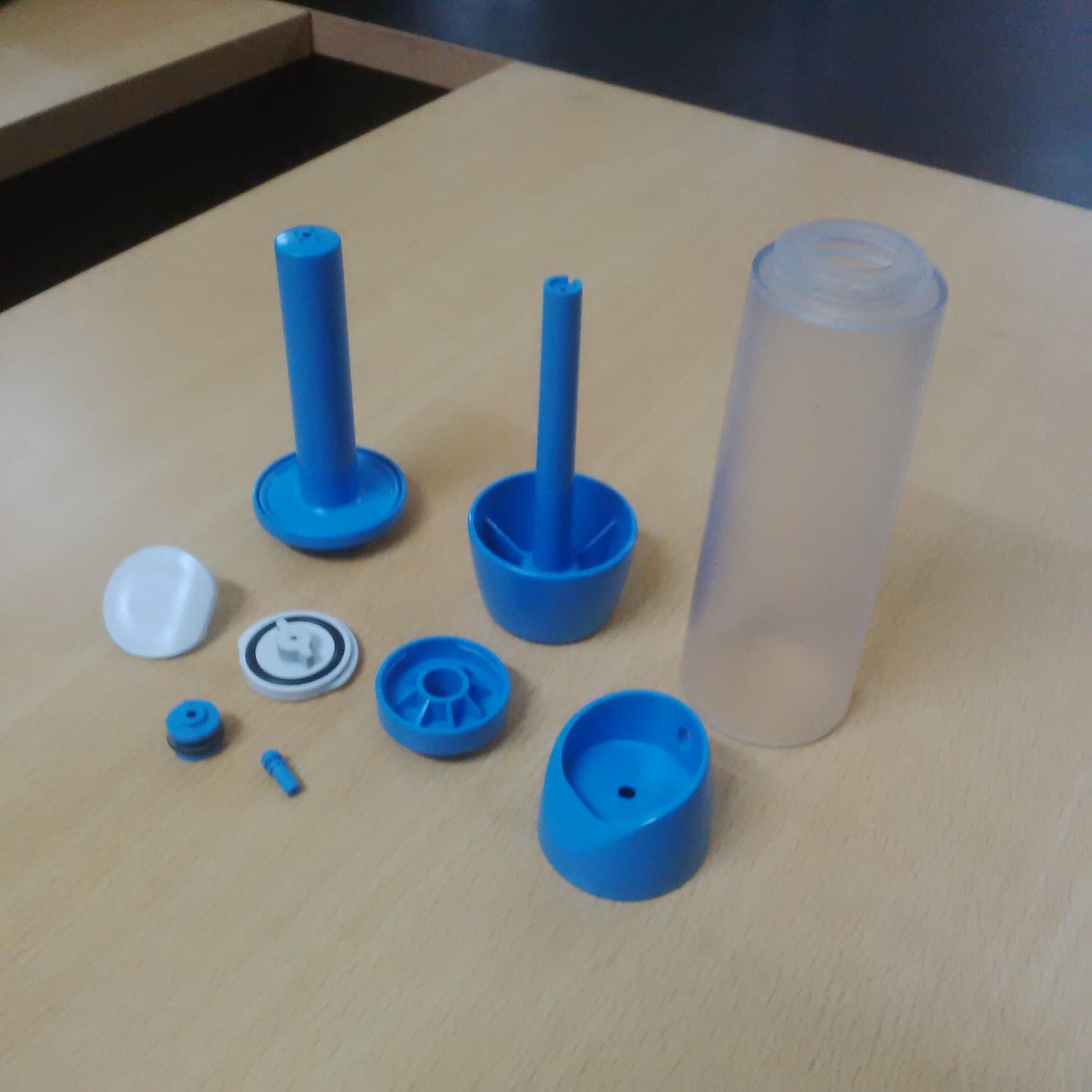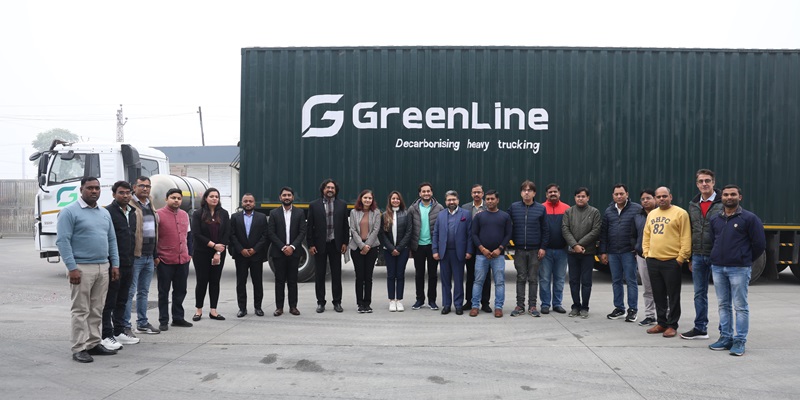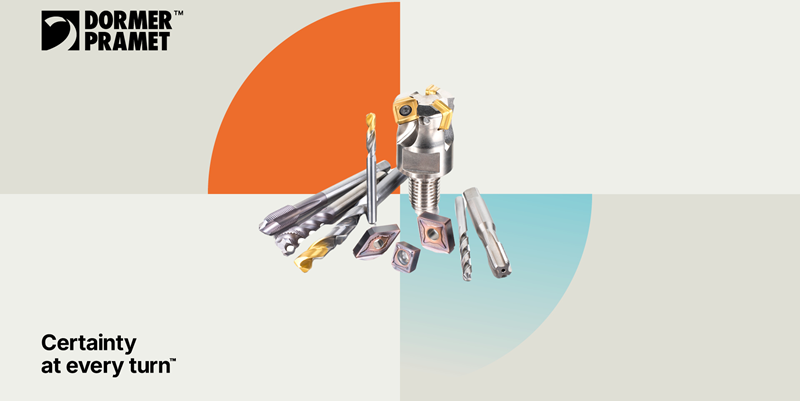Schedule a Call Back
Design is like oxygen for manufacturing
 Interviews
Interviews- May 02,18

Related Stories


How MSMEs will play a key role in the development of Indian manufacturing sector
Setting up a business in India is futuristic, makes a lot of sense, and, for foreign companies, connecting with the Indian MSME and helping it grow is a sure way to success, says R Jayaraman.
Read more
Suzuki and Toyota to start EV manufacturing in India by 2025
The new model will be built on an EV platform co-developed with Daihatsu, featuring a spacious interior and reliable battery power.
Read moreRelated Products

Product Design, Engineering, and Prototyping
"CGCE P Ltd", provides the latest design in rapid prototyping services. Using the latest technology, 3D Printing, FDM, SLA, Vacuum Casting and CNC Machining, CGCE can provide the best prototype soluti Read more

Power Mill
* Create precision complex parts with advanced CNC programming Read more














